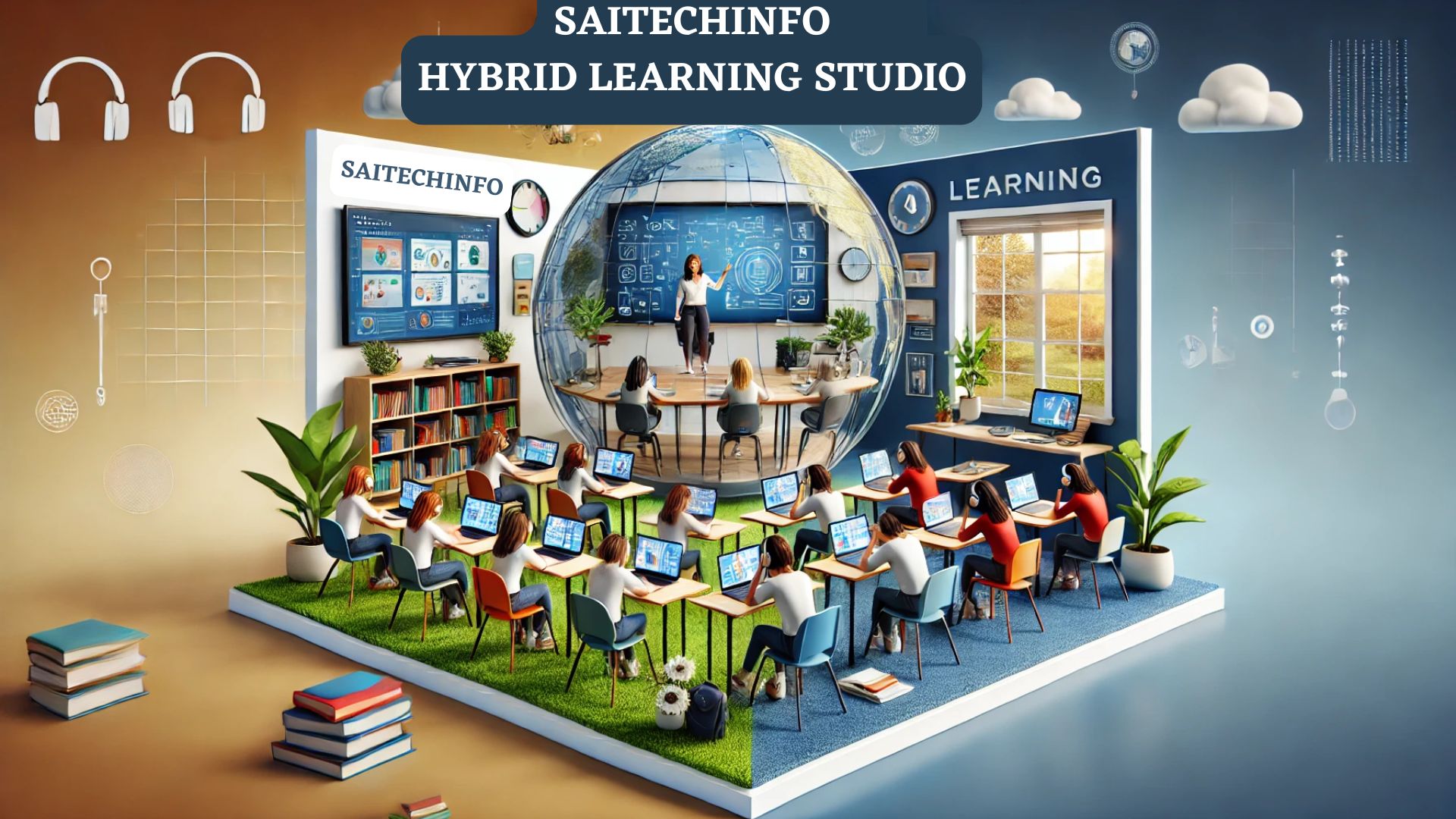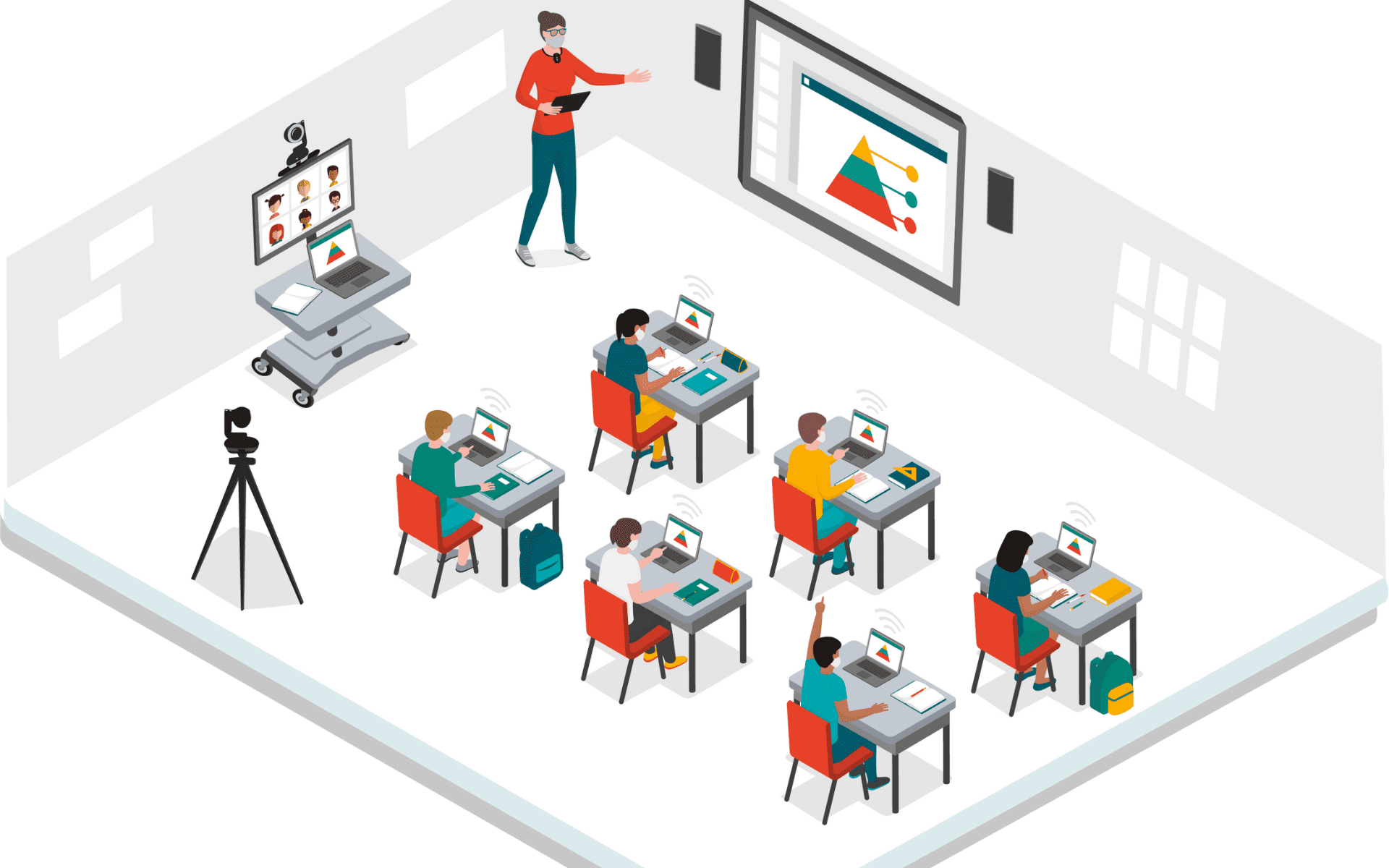Hybrid learning, which combines in-person and online instruction, is important for several reasons:
- Flexibility: Allows students to learn at their own pace and accommodates diverse schedules, making education accessible to more people.
- Personalization: Enables tailored learning experiences by combining digital tools and traditional methods, catering to individual student needs.
- Engagement: Uses interactive online content and classroom discussions to keep students more engaged and motivated.
- Resource Optimization: Makes better use of resources, including digital materials, classroom spaces, and teacher time.
- Skill Development: Prepares students for a tech-driven world by integrating digital tools into their learning process.
- Accessibility: Expands reach, allowing students in remote areas or with physical limitations to participate in quality education.
- Resilience: Provides continuity in education during disruptions like natural disasters, pandemics, or emergencies.
- Collaborative Learning: Combines virtual forums and physical discussions to enhance peer interactions and collaborative skills.
- Cost-Effectiveness: Reduces commuting costs and allows for a broader selection of courses, sometimes at a lower cost.
- Scalability: Supports education for large numbers of students while maintaining quality and interaction through blended approaches.




